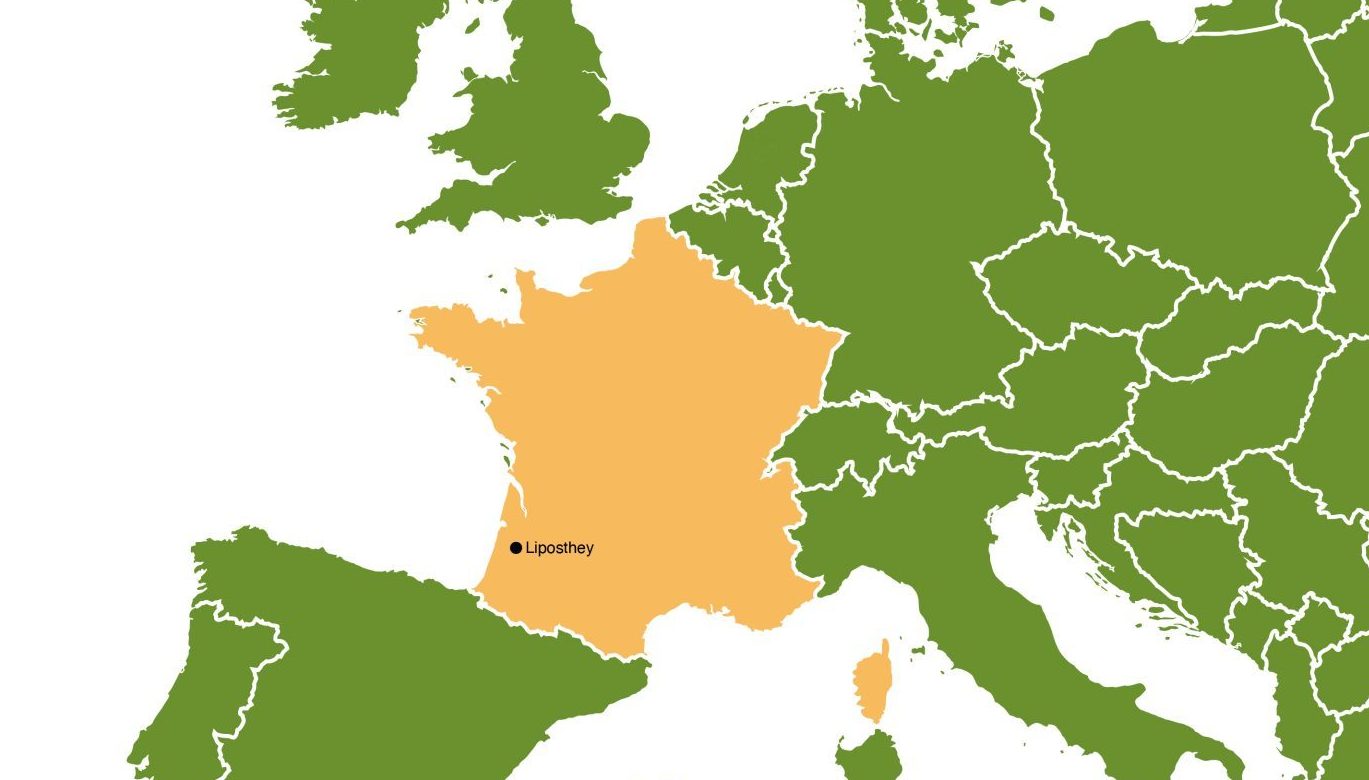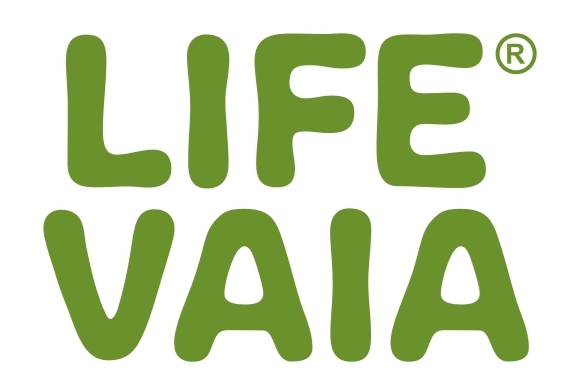

CO2 sequestrata

Alberi piantati

Produzione agricola

Popolazione coinvolta
The areas covered by the LIFE VAIA project in France are located in the Landes forest, in Liposthey.
The French Agroforestry Association chose to study the Landes forest because it is an artificial anthropogenic forest, it is a pine monoculture and it is sensitive to fire and climate change.
The study areas focus on firebreaks, i.e. corridors about 50 metres wide between pine areas, where there is no vegetation to anticipate any fires. However, these firebreak areas are poorly maintained and therefore do not provide the desired firebreak effect. These areas could be used for innovative agricultural development through agroforestry to add biodiversity, diversify species and develop the land and economy of these plots.
The 1 km2 pilot area is located in the south-west of France, near the Landes de Gascogne natural park.
The Landes forest (pine forest) covers approximately 1,300,000 hectares and contains approximately 25,000 hectares of firewall. In our pilot area, we have 2 pilot sites (5.5 hectares) in the firewall area for VAIA project experiments. Our pilot area contains 2 firewalls, bordered by pine forest plots. There is a newly planted pine and oak plot, a mature pine plot and a new pine plot.
With regard to the preparation of the pilot sites, they are not very congested as they are clearings between the pine plots. Mowing the grass and shrubs is necessary, as well as tilling the ground to plant hops and trees. In addition, it is necessary to fence off the pilot sites to limit external access. In order to comply with the special provisions of the Landes forest regarding defence against forest fires, openings with barriers will be installed at regular intervals. This allows easy access for the fire brigade in the event of a fire.
In the coming years, maintenance work on the pilot sites will mainly concern:
– weed management at the pilot sites, at least twice a year, to control weed growth and ensure the good condition of the plantations;
– construction and maintenance of the structures necessary for hop cultivation
– maintenance of fencing and the water reservoir; – monitoring and management of the hop crops (hoeing, weeding, application of organic fertiliser, harvesting)
– installation and management of hedging for melliferous and nitrogenous plants
– preparation of the planting of border trees/tropes
– regeneration and management of existing canopy.
In the surrounding pine forests, regulations for protection against forest fires require tree row clearing to limit branches and shrubs below 2.5 m. These actions of clearing plots and removing dead branches are limited in summer to avoid encouraging fires due to the heat engines used in dry environments.
Within the 2 pilot sites there are 3 cultivation areas.
A hop control plot of 1 ha has already been planted since 2019 in pilot site 1. Cultivation area 1 of 1 ha was planted in March 2022 in pilot site 1, close to the control area.
Cultivation area 2 of 1 ha will be planted in Pilot Site 2 in autumn 2023.
These two cultivation areas will mainly consist of hops, but inter-row cultivation patterns, border hedges and berry cultivation will be integrated. Micro-irrigation was installed in cultivation zone 1 following the planting of hops. The same will be done for cultivation zone 2. The special feature of the cultivation areas is that there will be no replanting of high-density forest trees.
The objective of the cultivation areas is to maintain a firebreak effect while providing resilience to the forest.
This objective will be achieved by restoring
(i) a diversity of species (hops, berries, ground cover, medium-sized trees) to accommodate biodiversity and
(ii) by planting value-added species to create an economy in unused firebreaks.
Cultivation area 1 will include hops, natural regeneration of the existing hedgerow and melliferous and nitrogenous vegetation cover. Cultivation area 2 will include hops, border trees and probably berries (species to be defined). This area is surrounded by a mature pine forest within 5 metres. The objective in our pilot sites is to study the interactions between the forest trees in the neighbouring pine plots and the diversified crops in our plots (hops, hedgerow, fruit bushes, ground cover). These interactions will have an impact on biodiversity, but also on climate, natural resources, soil life, crops, etc. In the following diagram, the elements are as follows: – Green: control plot of pilot site 1 – Orange: cultivation zone 1 of pilot site 1 – Blue: boundary hedge to be regenerated – Yellow: pilot site 2 where cultivation zone 2 will be established – Purple: creation of a trailed hedge.

